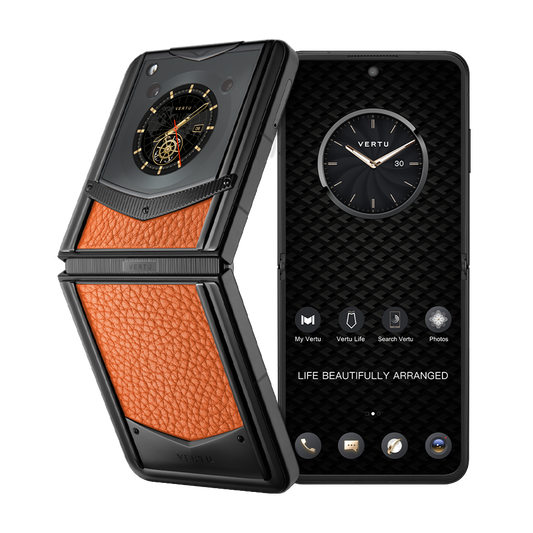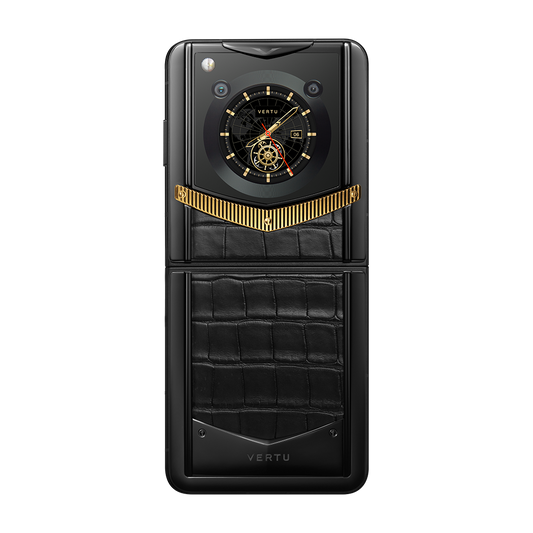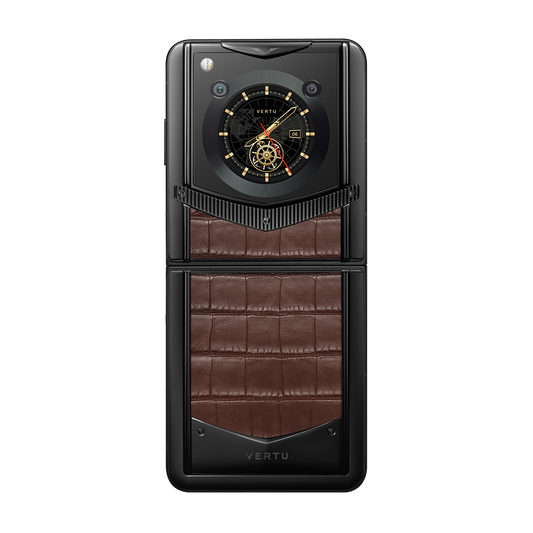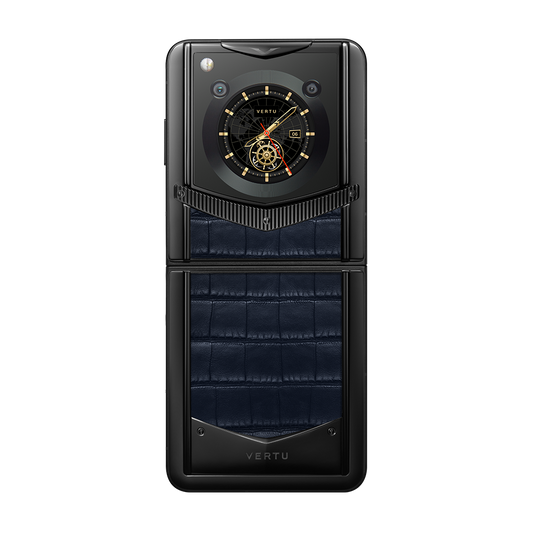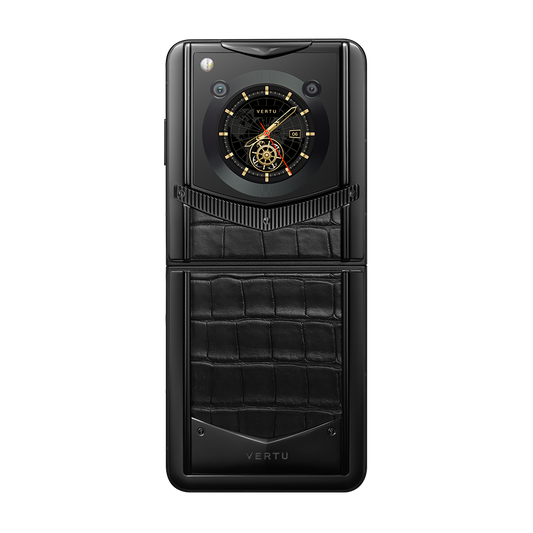Why does Tiffany aspire to be the Louis Vuitton of jewelry?

According to Fashion Business Alert, LVMH's high-end jewellery brand, Tiffany & Co., announced that it was collaborating with LV's creative director of men's wear, musician Pharrell Williams, to launch the Titan Titan jewellery collection, inspired by Poseidon's trident, which includes necklaces, earrings, bracelets and rings.
However, this move has led to Tiffany being questioned by the market as being "completely reduced to a trend brand". For some consumers, the frequent association with trendy brands has undoubtedly lowered Tiffany's brand positioning as a century-old luxury jewellery brand. However, another section of netizens took the opposite view, saying that this collaboration is a milestone for Tiffany, and that working with Pharrell Williams and other top creatives not only refreshes the brand's style, but also redefines its positioning, which is in line with the brand's main strategy of rejuvenation in recent years.
Female consumers have long been the mainstay of jewellery consumption, which has led jewellery brands to incorporate implicit gender bias into their promotions, but as the female jewellery market becomes saturated, the potential of the male jewellery market is beginning to emerge. The French luxury jewellery brand Van Cleef & Arpels, which is closely associated with femininity due to its elegant and beautiful shape and classic four-leaf clover element, has long been considered exclusive to female customers. In recent years, however, the presence of basketball superstars and trendy singers such as James and Drake, who were previously socially associated with masculinity, has broken this stereotype and opened up a new avenue of growth for the brand. Tiffany's co-branded collection with Pharrell Williams, in contrast to Van Cleef & Arpels' light-heartedness, is clearly aimed directly at this trend, catering to the male aesthetic.
In addition to attempting to capture the market potential of men's jewellery, Tiffany's other objective in creating this joint collection is to enhance the competitiveness of its mid-range products. This will enable the company to compete with the custom jewellery industry in the US domestic market for market share. From a global market perspective, the mid-range to entry-level jewellery market still has a significant opportunity for growth, and represents a valuable source of profit.
As rap music gained mainstream popularity, many rappers amassed considerable wealth. At the time, most jewellery brands were conservative in style and lacked the ability to showcase the wearer's personality and status effectively. Additionally, the products lacked malleability, making it challenging for rappers to create one-of-a-kind jewellery. The demand for custom-made jewellery in the United States has led to a boom in the industry.
The decision to purchase bespoke jewellery rather than luxury jewellery brands like Tiffany has the potential to exacerbate the market share that luxury jewellery brands can capture. This is a predictable pitfall for Tiffany, which has doubled down on its bets on the youth market in recent years. Statista research indicates that the global jewellery market is expected to reach $310.9 billion in 2024, with 88% of sales derived from non-luxury goods.
For LVMH, which has been attempting to establish a high-end jewellery brand through Tiffany, success will depend on the brand having an advantage. This advantage is Pharrell Williams, whose distinctive taste in fashion, genius in music production and support for the African American community have made him the most sought-after but hard-to-reach name in the fashion industry by luxury brands. Pharrell Williams is to Tiffany what Virgil Abloh is to Louis Vuitton: both are controversial figures, but both have considerable influence and traffic that can optimise the brand's potential.
Indeed, since LVMH acquired Tiffany, the management has sought to position the latter as the LV of the jewellery world. This entails not only a comprehensive product line but also the courage to challenge the established norms of the jewellery industry.








